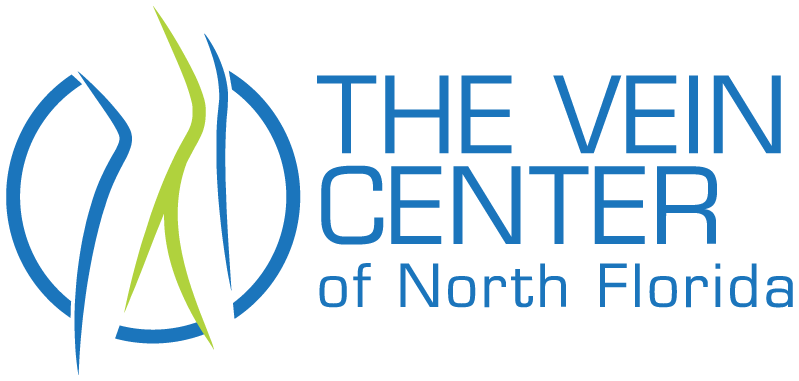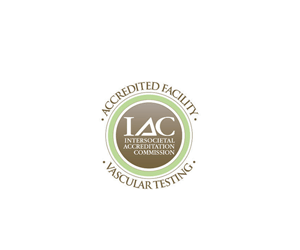Did you know that every year, approximately 1 to 3 in every 1,000 adults in the United States develop a condition called deep vein thrombosis (DVT)?
It’s a surprisingly common yet potentially life-threatening medical issue. What makes DVT such a concern? Up to 300,000 people succumb to DVT-related complications annually, making it the third most prevalent vascular disease, trailing behind heart attacks and strokes.
Data and Statistics on Venous Thromboembolism | CDC

What is Deep Vein Thrombosis?
Deep vein thrombosis (DVT) occurs when a blood clot, known as a thrombus, forms within one or more deep veins in the body, most commonly in the legs. The severity of deep vein thrombosis lies in the potential detachment of blood clots from the veins.
These dislodged clots can navigate through the bloodstream and become lodged in the lungs, causing a blockage in blood flow—a condition known as pulmonary embolism (PE). The simultaneous occurrence of DVT and pulmonary embolism is termed venous thromboembolism (VTE), posing a significant health risk.
What Are the Symptoms of Deep Vein Thrombosis?
Deep vein thrombosis (DVT) symptoms can vary among individuals; some might not exhibit any noticeable signs. However, common symptoms associated with DVT include:
- Leg pain: pain in the leg, often described as cramping or soreness. This pain can range from mild to severe and might become more prominent when standing or walking.
- Swelling: swelling in the affected leg, typically in the calf or thigh area. The leg might feel noticeably larger or appear swollen compared to the other leg.
- Warmth and tenderness: The affected area may feel warmer than other parts of the leg, and there might be tenderness or sensitivity to touch.
- Redness: skin discoloration or redness over the affected area, although this symptom might be more challenging to detect, especially in individuals with darker skin tones.
- Enlarged veins: The veins near the skin’s surface might appear more prominent or significant than usual in the affected leg.
It’s important to note that these symptoms might not always exclusively indicate DVT and could resemble other conditions. If you suspect or experience any of these symptoms, especially in combination, seek medical attention promptly for a proper evaluation and diagnosis. So, what triggers DVT in the first place?
What Are The Causes?
 Any factor that disrupts normal blood flow or impedes appropriate blood clotting mechanisms can lead to the formation of a blood clot.
Any factor that disrupts normal blood flow or impedes appropriate blood clotting mechanisms can lead to the formation of a blood clot.
The primary origins of deep vein thrombosis (DVT) typically stem from vein impairment resulting from surgical procedures, inflammation, infection, or injury.
Risk Factors
Several factors contribute to the development of DVT. These causes can help you better understand and identify if you are at risk:
- Physical inactivity or immobility
- Travel
- Recent surgery or injury
- Obesity
- Being age 55 and older
- Contraceptives and hormone replacement therapy
- Pregnancy and postpartum, up to six weeks after birth
- Family history or personal history of DVT
- Certain medical conditions, like cancer, heart disease, or inflammatory disorders.
How Can Deep Vein Thrombosis Be Prevented?
Prevention strategies play a pivotal role in averting the onset of DVT. Here are some lifestyle adjustments that can assist in preventing deep vein thrombosis:
- Keep Moving: Aim to move immediately after surgery or prolonged inactivity. Avoid crossing your legs while seated, as it can impede blood flow.
- Take Breaks During Travel: Take frequent breaks to stretch your legs. On flights, stand or walk periodically. For car journeys, stop approximately every hour to walk around. If you cannot walk, perform lower leg exercises such as raising and lowering your heels while keeping your toes on the ground, or vice versa.
- Compression Stockings: Wearing compression socks help improve blood circulation during extended periods of sitting, such as on a lengthy flight.
- Quit Smoking: Smoking escalates the risk of developing DVT.
- Maintain a Healthy Weight: Obesity is a known risk factor for DVT. Engage in regular exercise as it decreases the likelihood of blood clots. Aim for a minimum of 30 minutes of moderate physical activity daily. Additional exercise may be necessary if you’re striving for weight loss, weight management, or specific fitness objectives.
What Treatment Options Are Available for Deep Vein Thrombosis?
Treatment options for deep vein thrombosis (DVT) typically aim to prevent the blood clot from growing larger, reduce the possibility of it traveling to the lungs (causing a pulmonary embolism), and minimize the risk of future blood clots. The treatment approaches for DVT include:
Anticoagulant Medications
These are blood-thinning drugs that impede the blood’s ability to clot. Commonly used anticoagulants include warfarin, heparin, rivaroxaban, apixaban, dabigatran, and enoxaparin. These medications require careful monitoring due to their potential side effect of increased bleeding. It’s essential to promptly report any unusual bleeding or bruising to a healthcare professional.
Thrombolytic Therapy (Clot Busters)
 Systemic thrombolysis uses medications to dissolve blood clots and are generally reserved for severe cases of DVT where there is a substantial risk of complications.
Systemic thrombolysis uses medications to dissolve blood clots and are generally reserved for severe cases of DVT where there is a substantial risk of complications.
Catheter-directed thrombolysis administers the use of a catheter to help dissolve blood clots within blood vessels.
Thrombectomy Procedure
A thrombectomy is a procedure to remove blood clots from blood vessels, aiming to restore circulation and prevent severe complications like stroke or heart attack. It involves using specialized tools to physically remove or dissolve the clot.
Inferior Vena Cava (IVC) Filter
In certain circumstances, a filter might be inserted into the inferior vena cava, a large vein that returns blood from the body to the heart. This device helps prevent blood clots from reaching the heart and lungs.Treatment choice depends on various factors, including the individual’s health condition, the clot’s location and size, and the likelihood of complications. It’s crucial to consult a healthcare professional to determine the most suitable treatment plan for managing DVT.
Awareness of the signs, risk factors, and preventive measures for DVT is important. If you have concerns about DVT or experience symptoms, don’t hesitate to schedule an appointment today. The Vein Center of North Florida team is committed to offering DVT patients thorough and educational care and treatment options.





